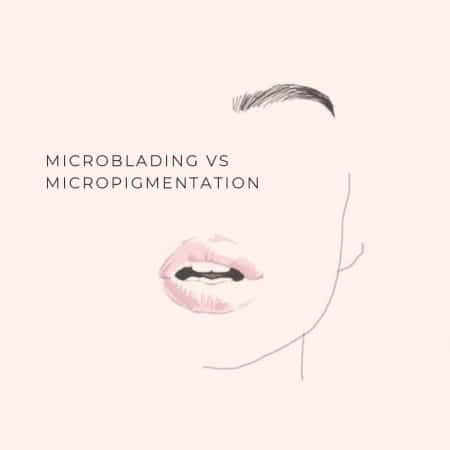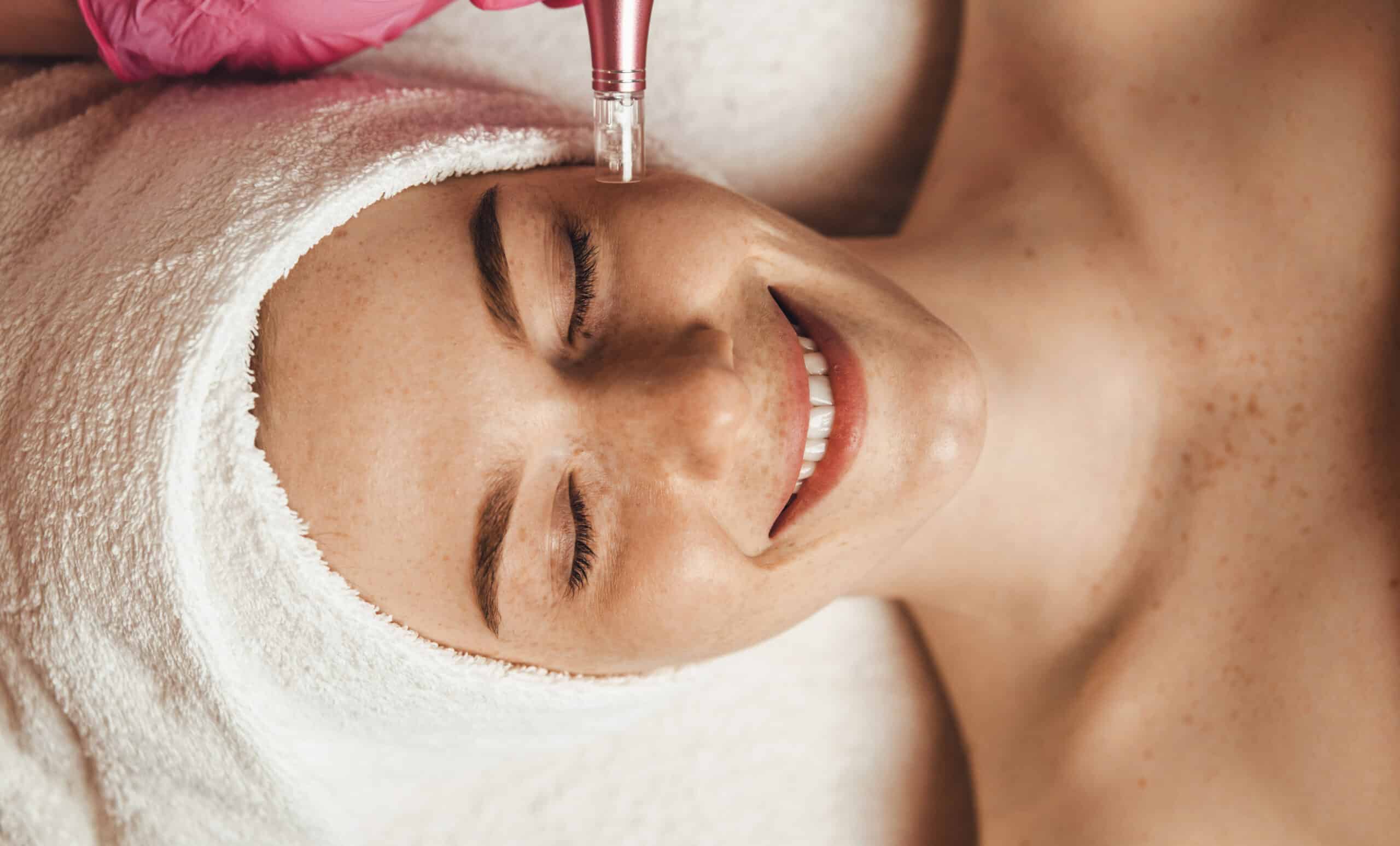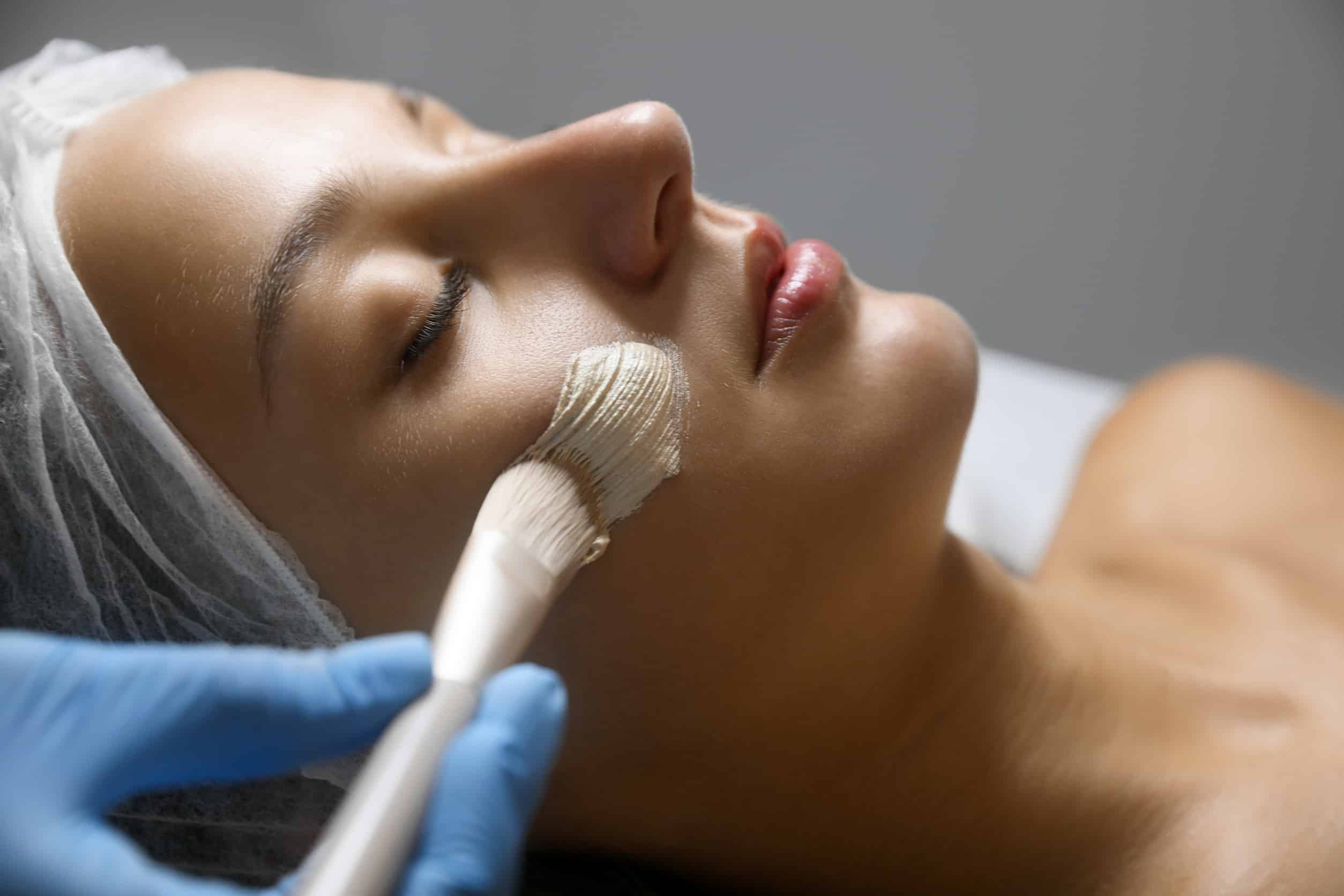Permanent makeup expert, Carri Lamb, explains Microblading vs Micropigmentation and everything you need to know about permanent brows.
What You Need to Know About Kansas City Microblading
If you’re a female and have internet access, I’m sure you’ve noticed that BROWS are IN. Permanent makeup is on the rise, especially with the “Microblading” trend. But before committing to permanent makeup, it’s important to do your research and find an experienced, trustworthy technician.
Microblading vs Micropigmentation
Permanent makeup is a form of cosmetic tattooing and involves placing color pigment into the skin to enhance one’s brows, lashline, and/or lips. Microblading and Micropigmentation are different permanent makeup techniques specifically for brows.
Microblading is a manual hand method of tattooing. The technician dips a blade made of about 10 tiny needles (“microblades”) into pigment then places it in the skin in a stroke-like motion. The micro needles are small enough that a talented technician can create the look of fine hairstrokes.
Micropigmentation, however, uses a digital machine to place the pigment into the skin. The machine uses fine gage, acupuncture size needles that give the look of a soft edge. Looking under a microscope, you’d see the machine actually creates very small dots. The technician fills the brow shape with these tiny dots to create a powder fill.
How Long Do Results Last?
Because it uses about one-third less pigment and is placed more superficially into the skin, Microblading fades much faster than Micropigmentation. Microblading typically requires a touch-up every 4-6 months, whereas Micropigmentation is touched-up every 2-3 years.
What We Prefer and Why
Carri Lamb, co-founder of Healthylooks Medspa, is a licensed aesthetician and lifetime member of the Society of Permanent Cosmetic Professionals. She has been certified in Micropigmentation since 1998 and attends national meetings twice a year to continue her education in permanent makeup techniques. When Microblading started trending about 5 years ago, she traveled to California to complete Microblading training. After a few months of doing Microblading and seeing other technicians’ results, Carri explains that she “prefers Micropigmentation for a number of reasons.”
She finds that many patients leave very happy after their Microblading treatment, however, over time, the pigment can migrate under the skin. So what were originally hairstroke lines typically become thick and stripey. Whereas Micropigmentation creates a shadow fill, so migrating pigment is not as apparent.
Carri also prefers Micropigmentation because it requires fewer touch-ups. When a patient comes in for a Microblading touch-up every 4-6 months, it’s difficult for the technician to go over the same hairstroke lines. Ultimately, the patient ends up with a fully filled brow after a few touch-ups and has lost the fine hairline look they were originally going for.
Finally, most states require less certification to perform Kansas City Microblading than Micropigmentation. Some states allow as little education as a weekend course to become a Microblading technician. It’s important to find a permanent makeup artist with years of experience and knowledge of all possible health risks. Carri recommends going to a Kansas City cosmetic surgeon, medical practice or a medspa owned by a Board Certified Plastic Surgeon or Dermatologist.
Permanent Makeup with Carri Lamb
During your complimentary consultation, you’ll discuss your permanent makeup goals. Carri then takes detailed measurements from your eye shape and draws proportionate, natural brows with pencil. She’ll discuss her technique and what to expect during and after the treatment.
On the treatment day, Carri applies a topical numbing cream with prescription strength Lidocaine for 20 minutes. Once removed, she again draws with pencil your desired brow shape. This is used as her guide when she begins Micropigmentation. She incorporates a numbing gel as she works, so the procedure is very tolerable. The pigment is typically a mix of 3-4 different shades to perfectly complement your complexion. One month later, after fully healed, you’ll return for a complementary touch-up to make any tweaks in shape or color.
Finally, she’ll see you in about 2-3 years to brighten up your color!




